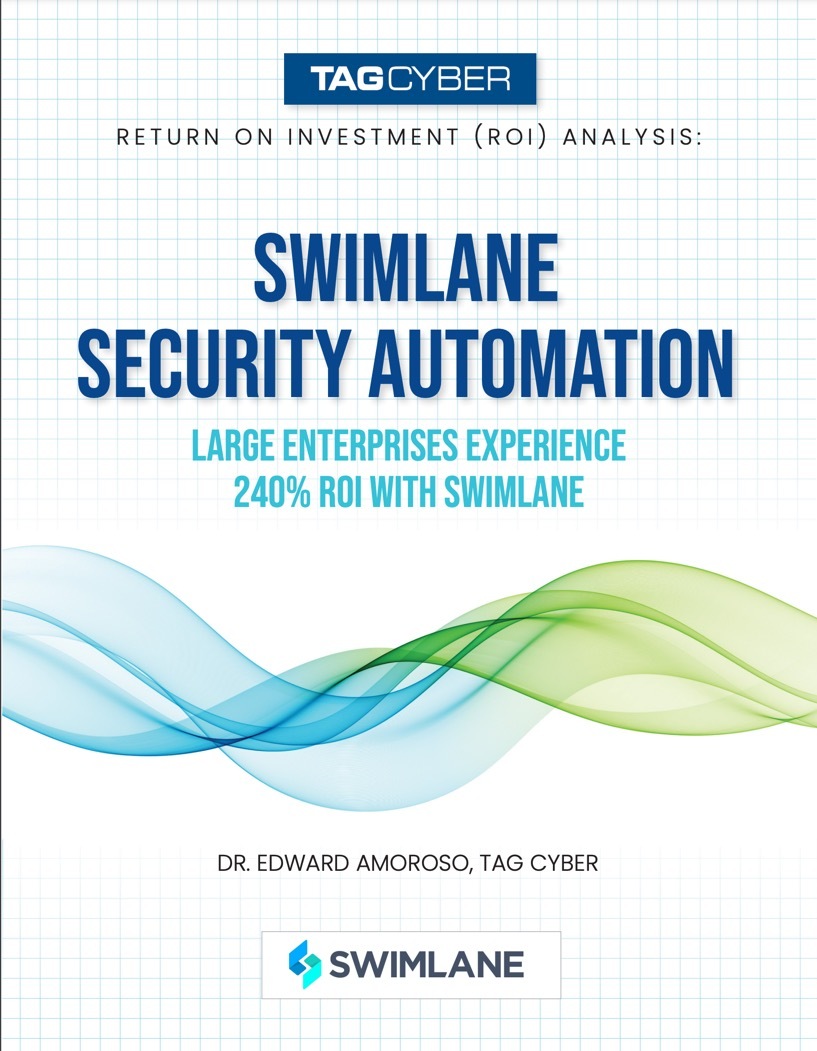With threats like data breaches, ransomware attacks and phishing scams becoming increasingly common, businesses need to invest in reliable security measures to protect their assets and data. One of the most effective ways to do this is through security automation. By automating security processes, companies can reduce the risk of human error and improve their overall security posture.
However, simply implementing a Security Orchestration, Automation and Response (SOAR) solution isn’t enough. To get the most out of your investment, you need to take a strategic approach to maximize its effectiveness. Continue reading to learn key tips to maximize your security automation investment and enhance your organization’s security posture.
The Problem for SecOps Teams
Today’s security analysts face serious challenges when attempting to identify, assess, respond to and remediate alerts in a timely manner. What’s more, as new Internet of Things (IoT) devices are added to the network and attackers develop new techniques and increased sophistication, the threat landscape continues to grow, adding additional pressure to already overwhelmed security operations center (SOC) teams.
The manual effort required for an analyst to open, read and comprehend an alert is significant. To ensure they have a complete picture, they must also identify and consider any related alerts in their investigation. Most SOC analysts achieve this by copying and pasting the IP address, file hash, URL, etc. into a browser tab or window that interfaces with threat intelligence sources. The results must also be copied and pasted back into the alert or event record to provide context to the existing data.
Since we’re not going to be able to staff ourselves out of this problem, the logical solution is to find a better way to perform that process. A low-code security automation solution can eliminate most, if not all, of these manual tasks and help ensure every alert is handled in a consistent, repeatable way at machine speeds.
Security Automation as a Solution
The first step to maximizing your investment is having strong incident response processes in place. These processes are replicated in your security automation platform as playbooks to accomplish tasks and workflows that orchestrate actions. By doing this, you’re ensuring:
- Incident response processes are consistent and repeatable, eliminating the potential for human error.
- SOC improvements are clearly defined and reported with metrics showing drastic reductions in mean time to detect and respond as well as minimal dwell time when responding to alerts.
- Analyst onboarding and training efforts are efficient and standardized.
- Documented workflows provide a guidebook for reference while also helping make sure analysts learn and use the proper techniques and methodologies for handling each type of incident.
Watch the video below to learn more about low-code security automation playbooks.
Security automation implementation also provides a single unified view that dramatically improves the analyst’s day-to-day work. Instead of having to learn, work with and constantly reconfigure the unique designs and quirks of each individual security tool, analysts can work with the single consistent interface of the low-code security automation platform.
This new central security component becomes the perfect location for designing and testing new processes for handling alerts and incidents. Customization and solution invention is easy in low-code security automation platforms, like Swimlane Turbine. Simple automation building blocks are readily accessible via a drag-and-drop interface. Anyone can quickly connect and rearrange different combinations of data interchange, allowing engineers and analysts to refine their processes.
The Return On Investment of Security Automation
Tracking return on investment (ROI) in real-time with security automation is easy to accomplish. Many modern SOAR platforms, like Turbine, provide an administrative tool that allows you to set a value for the cost to execute a manual action both in time and money. Providing this information allows the security automation platform to calculate in real time the average amount of time and money saved for each action performed by the SOAR platform.
Test out our ROI Calculator to estimate your cost savings with low-code security automation.
After implementing security automation, analyst efficiency begins to multiply. A single analyst can easily handle multiple tasks in the time it would have taken them to handle a single task previously. These efficiencies are typically most abundant in well-defined and refined use cases.
The most commonly implemented use cases, due to their prevalence and importance to the SOC are phishing, SIEM alert triage and incident response. However, there are advantageous use cases that extend security beyond the SOC, such as fraud case management and employee offboarding.
Investing in security automation provides major benefits to SOC teams looking to enhance their security posture. By automating mundane and repetitive tasks, security teams can focus on more critical tasks and respond to threats faster. With a well-planned and executed security automation strategy, organizations can strengthen their security defenses and better protect themselves against cyber threats. Low-code security automation platforms, like Swimlane Turbine, make it easy to maximize your security investments.

Calculate your ROI with Swimlane Turbine
To help companies evaluate the potential financial impact of the potential investment, TAG Cyber conducted an extensive study on the Swimlane Security Automation Solution.


